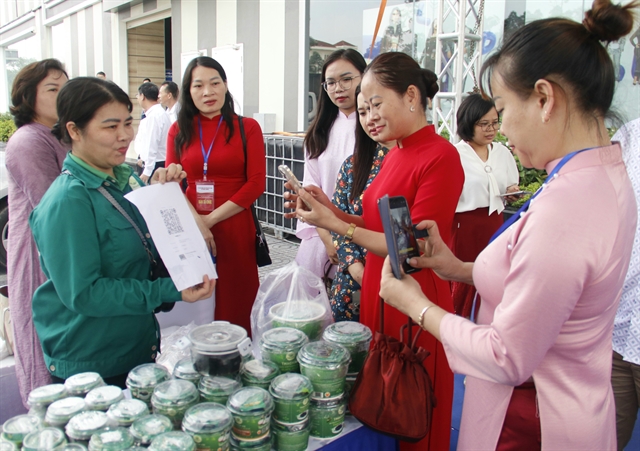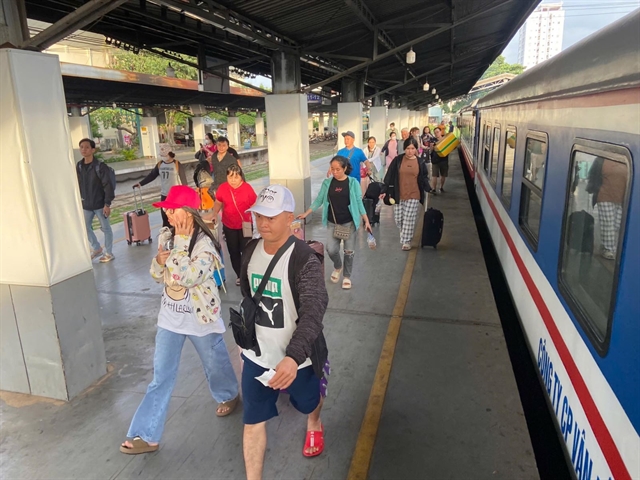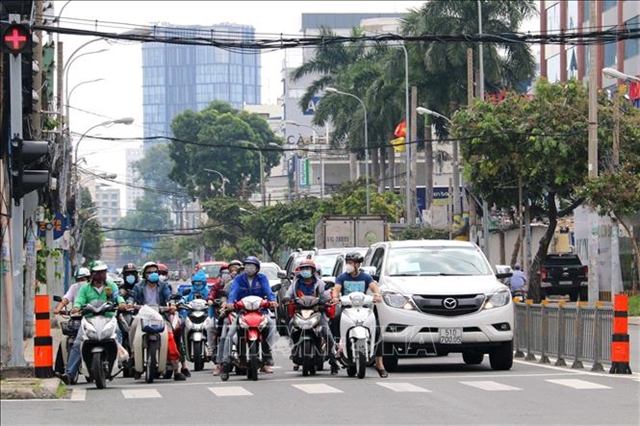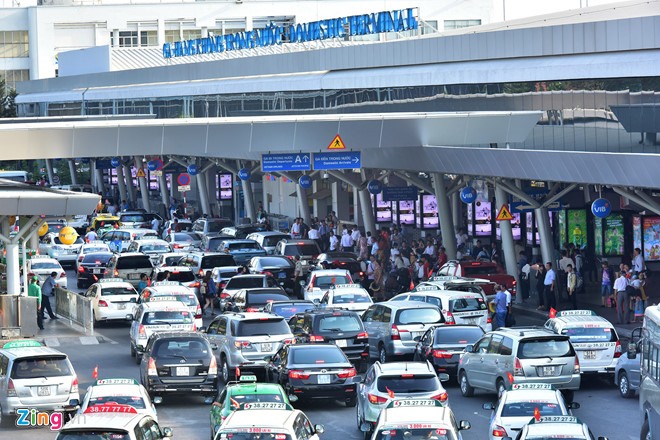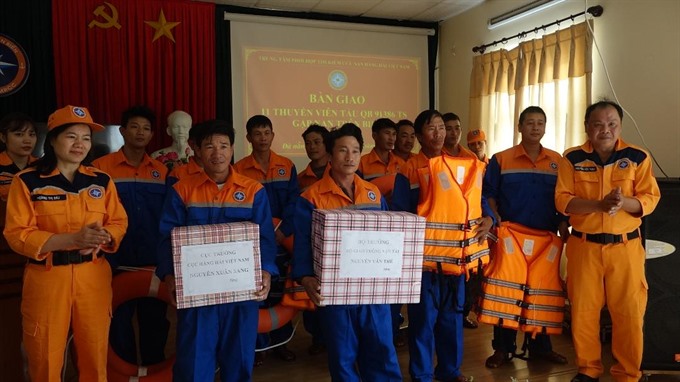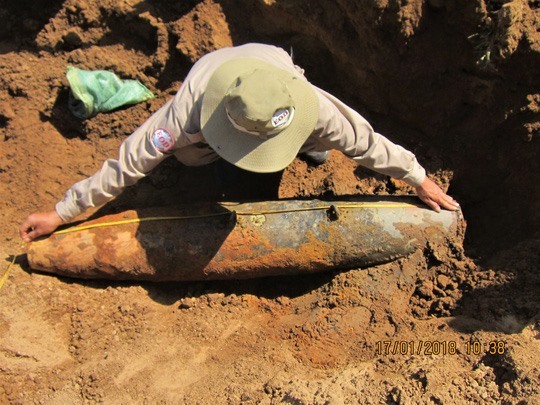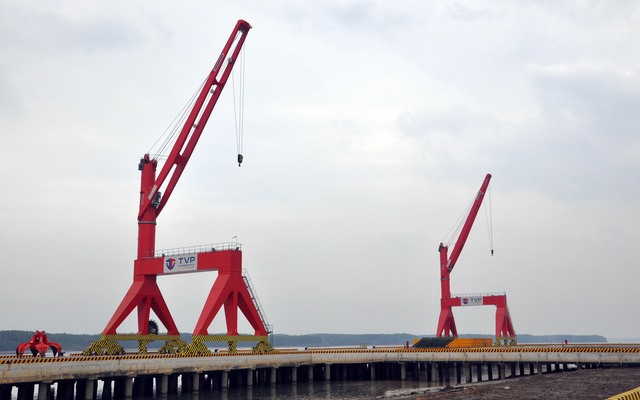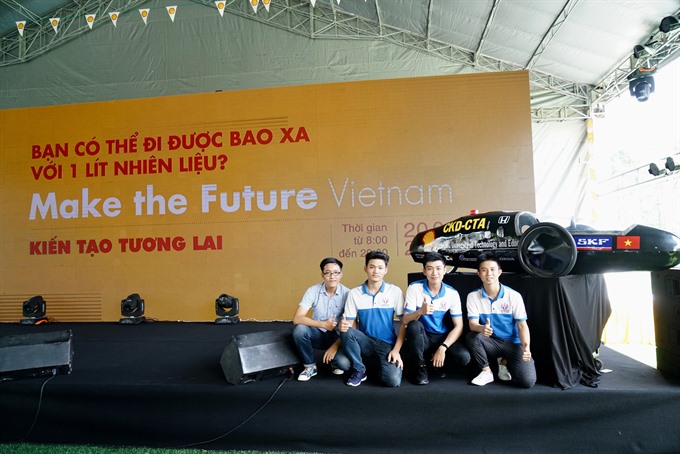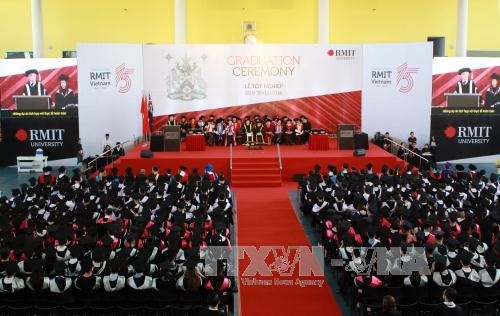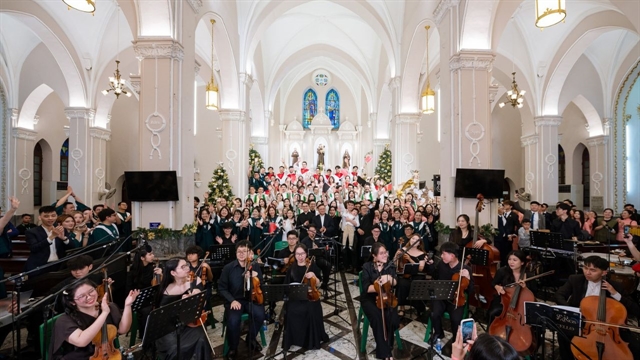
821817PM.jpg) |
| HCM City announces the approval of a construction master plan. — VNS Photo Hoàng Nam |
HCM CITY — The Ministry of Construction yesterday said its adjusted construction master plan for the HCM City Zone to 2030 with a vision to 2050 had been approved by the Government last month.
“With the official announcement, we hope that all eight provinces in HCM City Zone will publicly announce the construction master plan and invite stakeholders to take part in the implementation process,” Deputy Minister of Construction Phan Mỹ Linh said at the ceremony held yesterday.
“Based on the construction master plan, localities should adjust their regional and provincial master plan,” she said. “Related ministries and industries should mobilise resources to support localities in carrying out the master plan, especially in promoting satellite urban regions and industrial parks with clean, green and modern technologies.”
Trần Vĩnh Tuyến, deputy chairman of HCM City People’s Committee, said: “The official launch of the construction master plan has helped HCM City cope with challenges related to infrastructure development, and closely link with neighbouring provinces in the region to ensure quick and stable development.”
Under the master plan, the HCM City Zone includes the administrative boundary of the city and neighbouring provinces of Bà Rịa – Vũng Tàu, Bình Dương, Bình Phước, Tây Ninh, Long An, Đồng Nai and Tiền Giang, covering a total area of about 30,404 sq.km.
The zone would expand towards the east and northeast in a compact urban model.
By 2030 the zone is expected to have a population of 24-25 million, including 18-19 million people in urban areas and 6-7 million people in rural areas, with an urbanisation rate of 70-75 per cent.
HCM City, which is the country’s largest economic centre, is expected to be a nuclear urban area and connect to and support other urban areas in the zone.
The plan targets developing the zone into a major Southeast Asian centre for culture, education and training, science and technology, and healthcare.
The plan calls for the city to be an international trading centre and a hub to link economic zones and key economic zones in the South, the Cửu Long (Mekong) Delta, the Tây Nguyên (Central Highlands) region and the south-central coastal region.
In developing the zone’s transport system, the plan focuses on completing expressways and belt road systems.
By 2030, new expressways, including Biên Hòa – Vũng Tàu, HCM City – Thủ Dầu Một – Chơn Thành, HCM City – Mộc Bài, and Dầu Giây – Đà Lạt, will be built.
By that time, the city’s Belt Road No. 3 is expected to be operational, while construction of the Belt Road No. 4 will begin.
New railway routes, including Trảng Bom – Sài Gòn Railway Station, Biên Hòa – Vũng Tàu, HCM City – Mỹ Tho – Cần Thơ, HCM City – Tây Ninh, will also be built. — VNS
